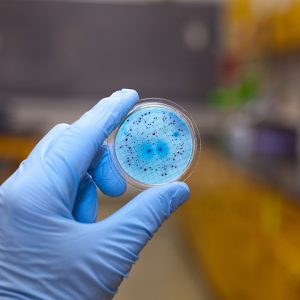How Antimicrobial Coatings are Manufactured in Today’s Medical Setting
Summary: Antimicrobial coatings must be strictly monitored and cared for to ensure optimal sanitary conditions and functionality.
 The application of medicine requires a strict and consistent standard of sanitary conditions to ensure patient safety. The production of cost-effective and functional medical device coatings has proven difficult enough, but when one needs to consider biocompatibility and sanitary constraints as well, quality issues become more abundant and difficult to manufacture. Now, medical coatings tend to range from lubrications to anti-microbial liquids, depending on the application. This article will delve into the world of antimicrobial coatings and their primary functionality.
The application of medicine requires a strict and consistent standard of sanitary conditions to ensure patient safety. The production of cost-effective and functional medical device coatings has proven difficult enough, but when one needs to consider biocompatibility and sanitary constraints as well, quality issues become more abundant and difficult to manufacture. Now, medical coatings tend to range from lubrications to anti-microbial liquids, depending on the application. This article will delve into the world of antimicrobial coatings and their primary functionality.
Preventative Measures
Due to the fact that many medical devices require contact with sensitive bodily fluids, such as blood, there is a pressing need for sanitization. This is where antimicrobial coatings thrive. To prevent the transfer of bacteria into the body environment, these coatings must meet FDA compatibility standards similar to lubricants, as well as provide an active resistance to microbe absorption and interference. This is crucial in providing both patient care and safety.
Release Functions
To provide microbial resistance, these coatings often have release functions that fight infections bacteria such as E. Coli and staphylococcus by minimizing toxicity in the organic tissue. Rapid infection and health concerns come from unsanitary equipment pieces, which is why manufacturers must prevent the introduction of unwarranted and dangerous solvents prior to the release of the product. The PECVD process must be observed closely and carefully to ensure that the coatings are of high quality and safe for patient use.
Bio: Denton Vacuum, LLC has provided diamond like carbon coating machines for years. With a plethora of experience on their side, let Denton Vacuum, LLC be your next coating platform today.